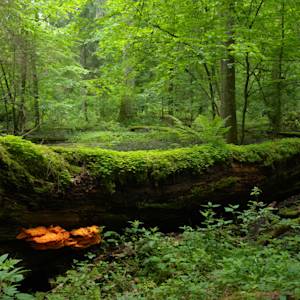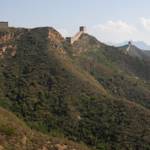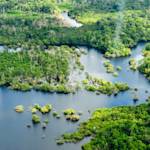Australia’s Indigenous Protected Areas
1997 CE • Australia
"Indigenous Protected Areas (IPAs) are areas of land and sea managed by Indigenous groups as protected areas for biodiversity conservation through voluntary agreements with the Australian Government." The history of IPAs began in the 1970s and 1980s when Indigenous land rights movements gained momentum in Australia. Indigenous people were seeking recognition of their traditional ownership of land and waterways, and their right to manage and care for these areas. In response to this momentum, the Australian government set up the National Reserve System program in 1997, which included the establishment of the Indigenous Protected Areas. The first IPA, Uunguu, was established in the Kimberley region of Western Australia in 1998. "IPAs are an essential component of Australia’s National Reserve System, which is the network of formally recognised terrestrial parks, reserves and protected areas across Australia's landmass. There are currently 82 dedicated IPAs over 87 million hectares of land. These account for more than 50 per cent of the National Reserve System. There is also around 5 million hectares of Australia’s sea areas in dedicated IPAs and an additional 10.9 million hectares of sea in consultation IPAs. IPAs deliver environmental benefits through implementation of agreed management plans such as threatened species protection and research, pest plant and animal management, fire management, and marine and coastal clean-ups."
"Indigenous Protected Areas are saving key Australian species from extinction," World Wildlife Fund, May 21, 2022.
Image: Ron Mader via Flickr, Attribution-ShareAlike 2.0 Generic (CC BY-SA 2.0)


Learn about Maya Lin’s fifth and final memorial: a multi-platform science based artwork that presents an ecological history of our world - past, present, and future.

Discover ecological histories and stories of former abundance, loss, and recovery on the map of memory.

Learn how we can reduce our emissions and protect and restore species and habitats – around the world.

See how art can help us rethink the problems we face, and give us hope that each one of us can make a difference.

Help make a global memorial something personal and close to home. Share your stories of the natural world.


